And here’s another artist I didn’t know, but apparently was one whose work Doug was very familiar with. In truth, while I didn’t recognize Thomas Hart Benton’s name, I recognized his work when I saw it, and I didn’t like it any more than I did before (ha ha). His style is very distinctive and not my cup of tea.
Benton lived and worked at what is now the Thomas Hart Benton Home and Studio State Historic Site with his family from 1939 until his death in 1975. It’s located in an upscale neighborhood in Kansas City, Missouri. (Fun fact: There’s a privately owned Frank Lloyd Wright house right next door!).
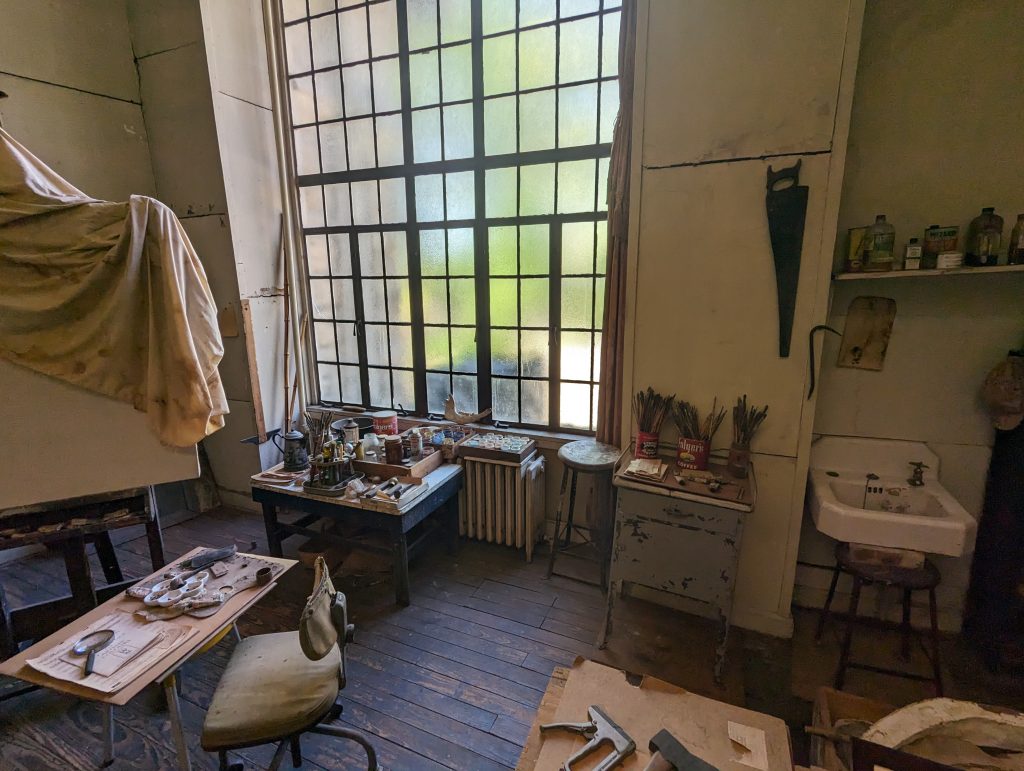

The 7,800-square-foot, 24-room home was built in 1903, and is a work of art in its own right.
Half of the carriage house was converted to Benton’s studio, which remains as he left it when he passed.
Benton lived in the home with his wife of nearly 53 years, Rita, and their two children Thomas and Jessie.
The home is full of their personal effects, as it was acquired by the state directly from the Benton family. 13 original works of art by Benton are on display.
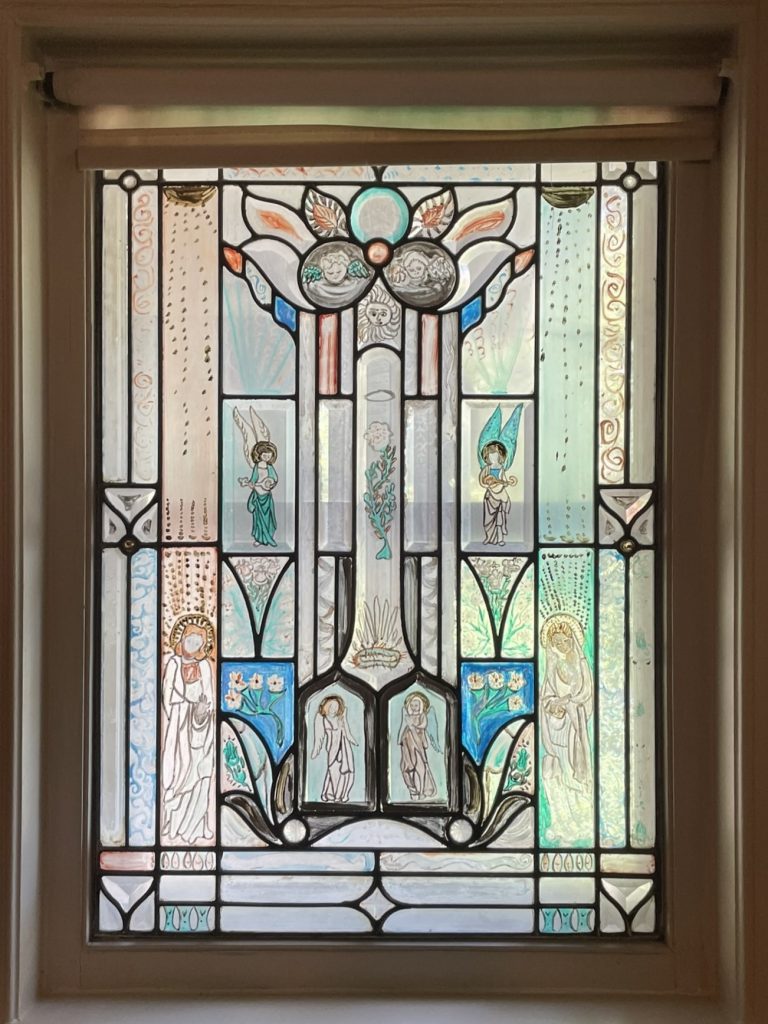
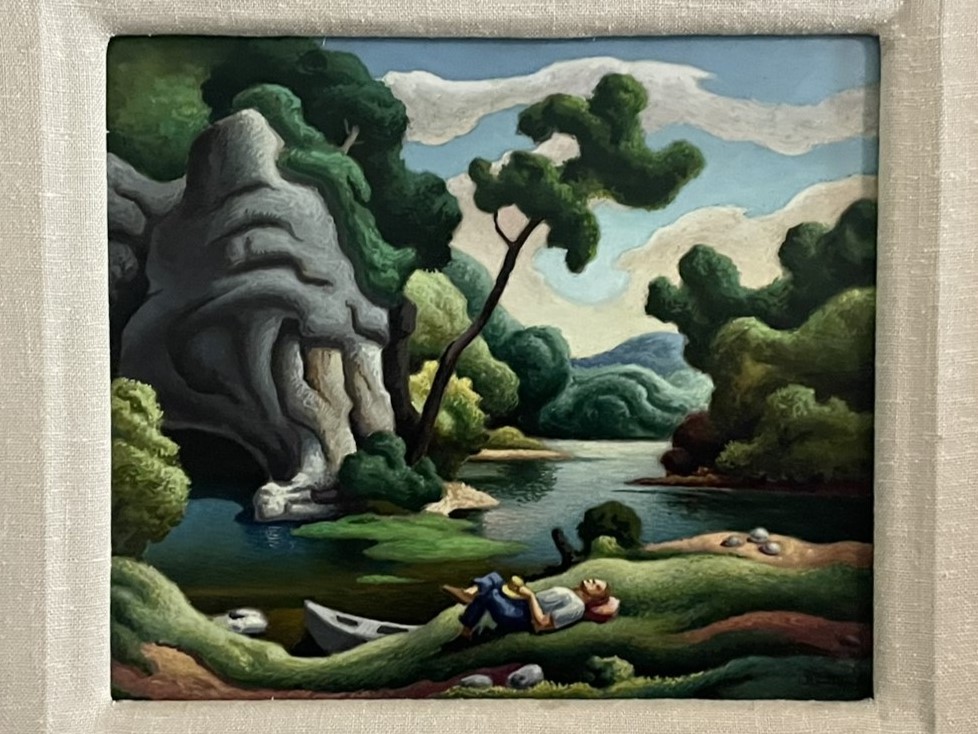
Benton (1889 – 1975) was “at the forefront of the Regionalist art movement. The fluid, sculpted figures in his paintings showed everyday people in scenes of life in the United States” (Wikipedia). In particular, his work is associated with the Midwest and Southern regions of the United States. He was very thorough, visiting sites to research places and people, drawing sketches, making models, and painting studies.
His breakthrough came in 1932 when he earned a commission to paint murals of Indiana life for the 1933 Century of Progress Exhibition in Chicago. When the murals were completed and included some less favorable history (like KKK members in full regalia), controversy ensued.
In 1935 he painted A Social History of Missouri in the state capitol, which is considered to be his greatest work, both by himself and by art critics. This mural, too, included controversial subjects, such as slavery and outlaw Jesse James.
In addition to painting and sculpture, Benton wrote his critically acclaimed autobiography, An Artist in America, and was a teacher for many years. One of his students went on to found the Abstract Expressionist movement – Jackson Pollock! Benton was also an accomplished harmonica musician, recording the album Saturday Night at Tom Benton’s.




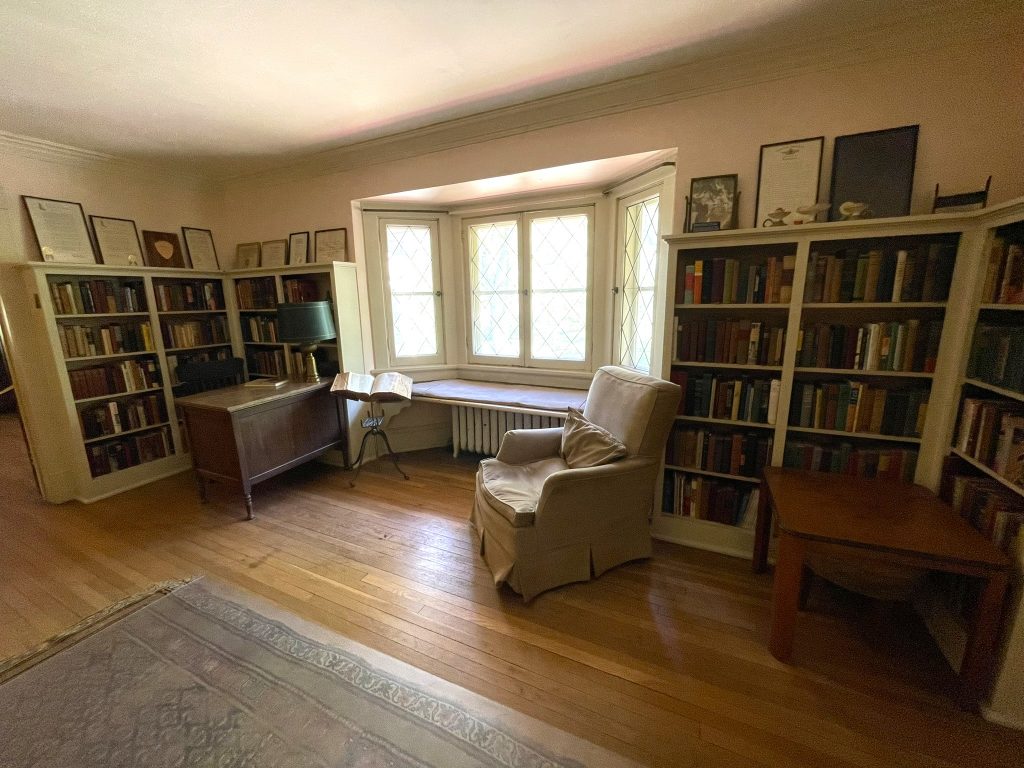
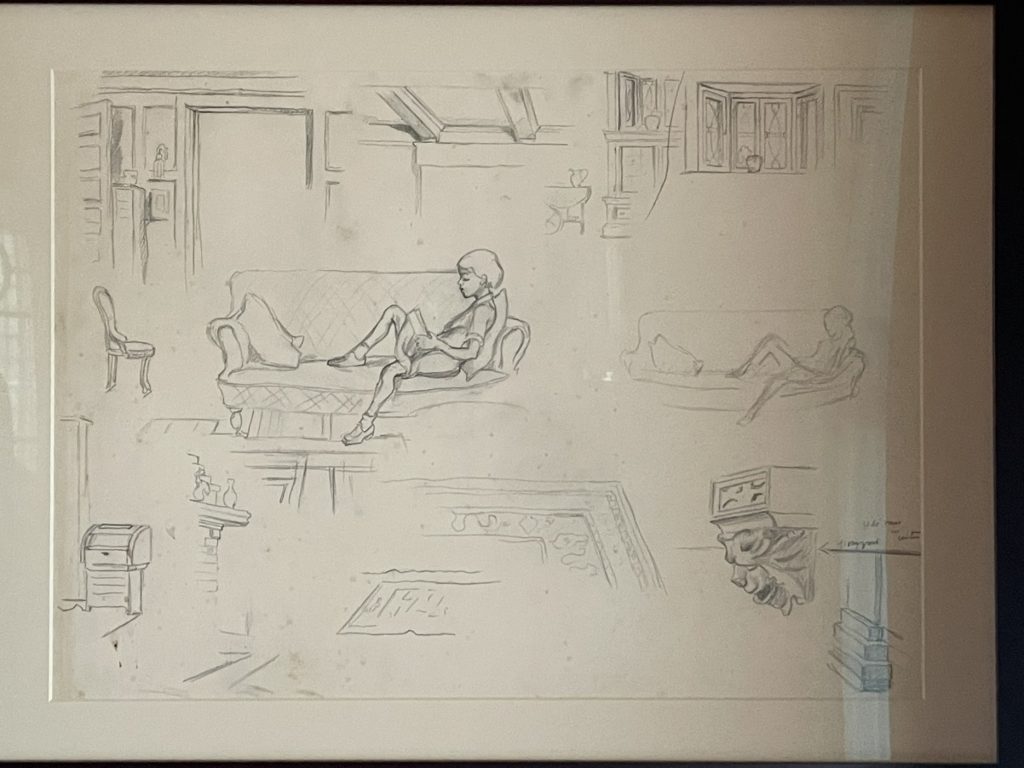
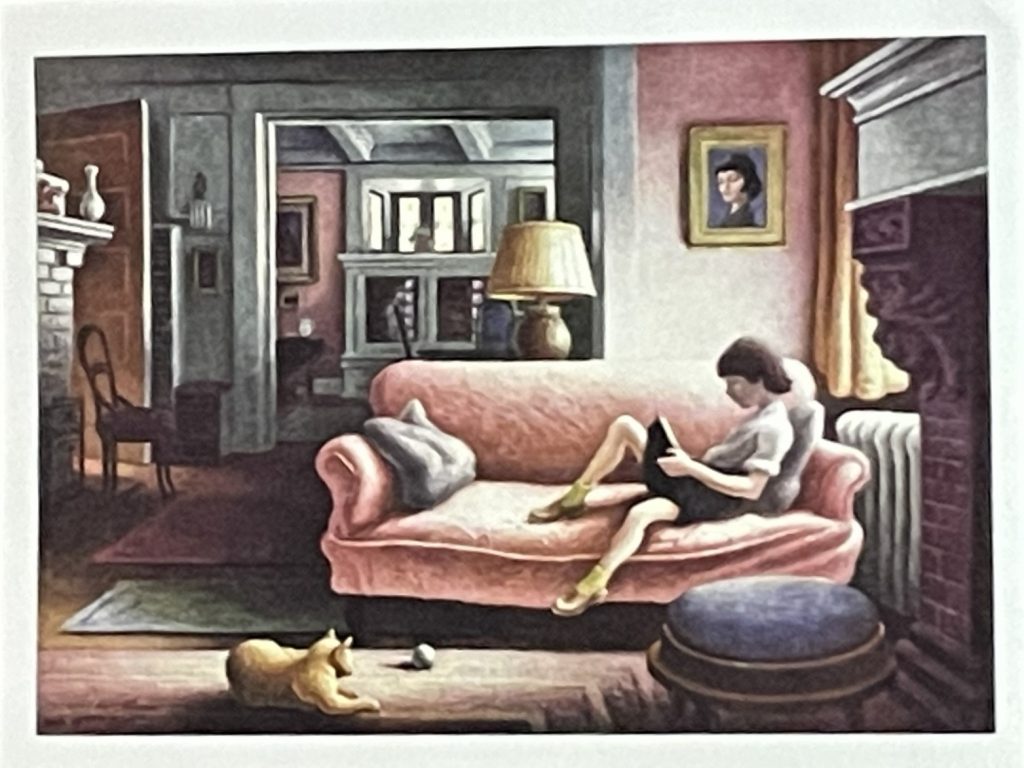
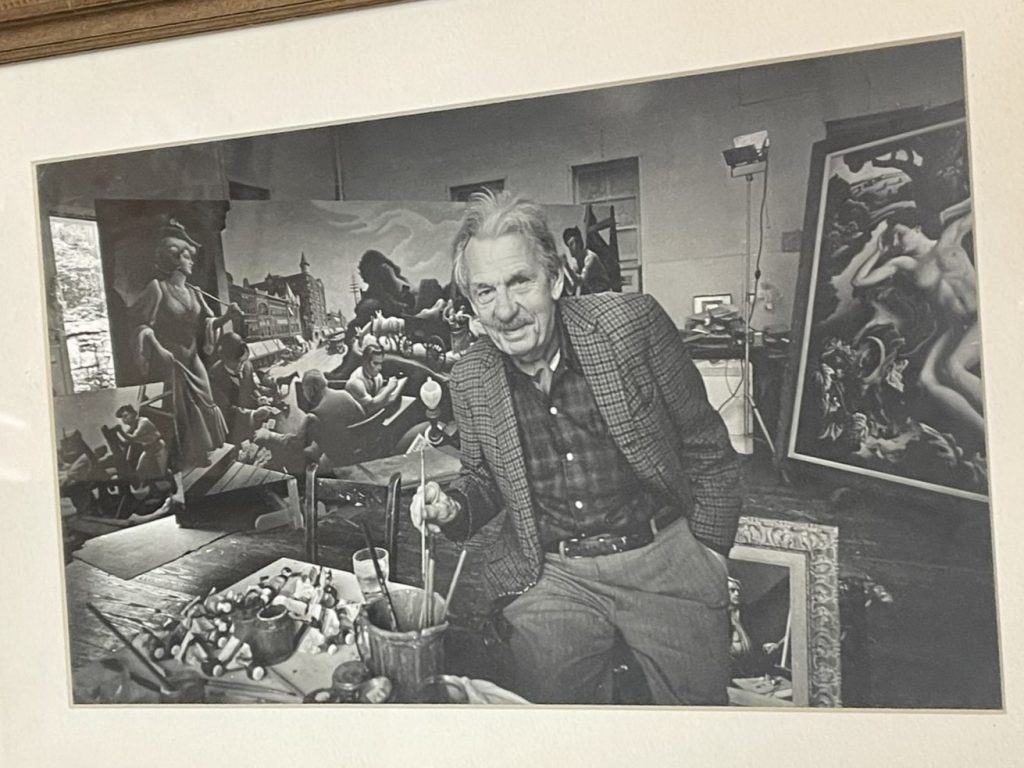
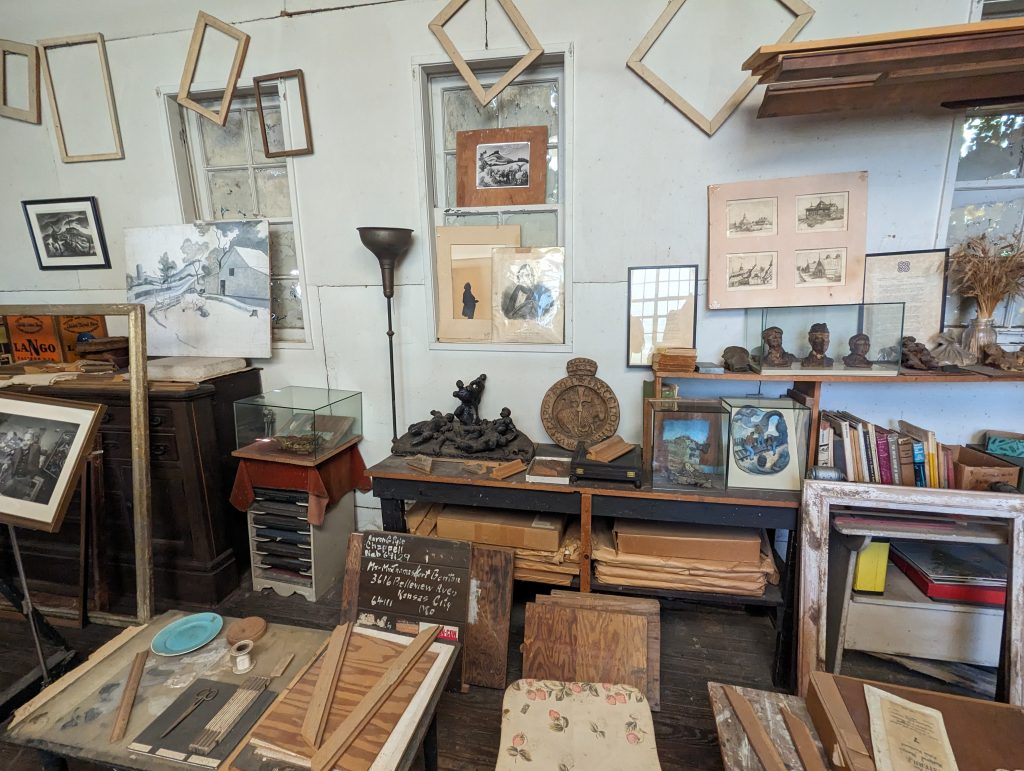





2 thoughts on “Thomas Hart Benton Home and Studio State Historic Site”